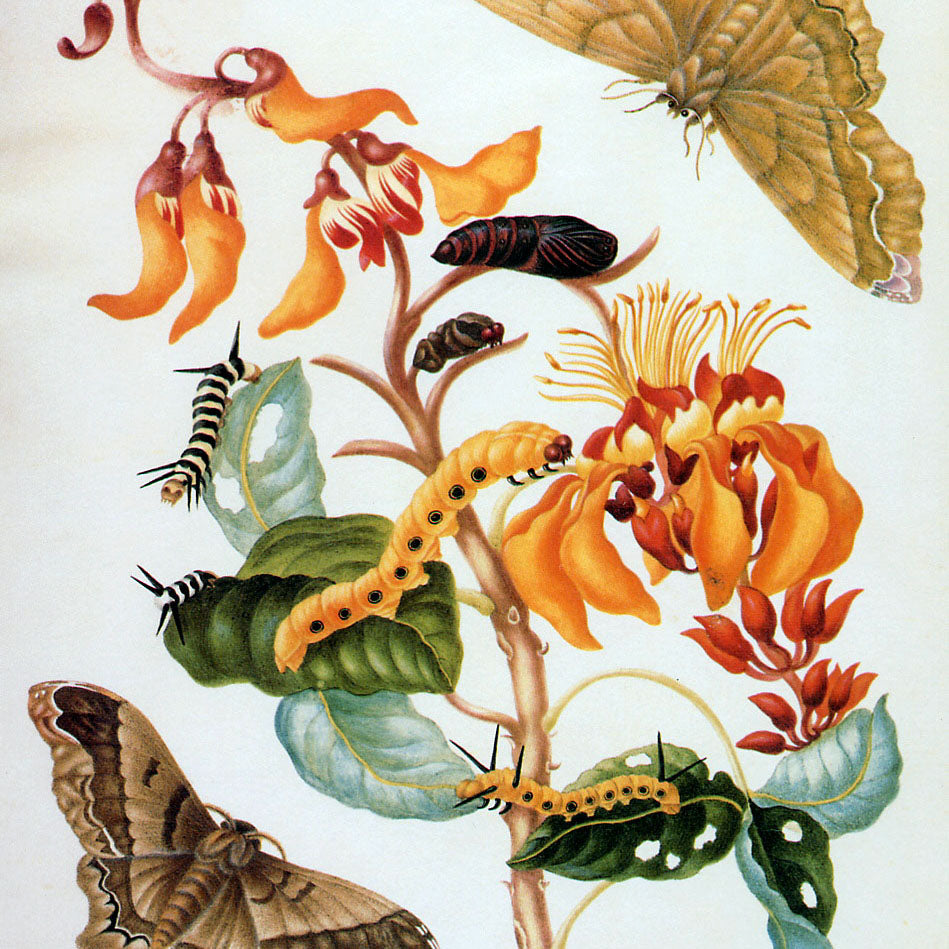In the insect world butterflies definitely get all the good press, they are the charismatic microfauna, the tiny pandas, the gleaming ambassadors of our field. And for good reason, BUT there are other, less well-known species that are equally extravagant. Imagine, for a moment, a creature with colorful, butterfly-like wings AND a comically large snout, sound too good to be true?
BAM!
Can you hear Gonzo weeping with envy?? I can! But to be fair I hear he’s really emotional. Nevertheless, Planthoppers from the family Fulgoridae are a fascinating group of insects. Like their cicada and aphid relatives, fulgorids have mouthparts that are designed for piercing plants and siphoning up the fluids, yum! But fulgorids are quite uniqe in having these ridiculously elongated heads, called “protuberances”, and some of them have wings that look like a neon jaguar…
The protuberance is actually hollow inside, and it was once believed, most noteably by the 18th-century entomologist and scientific illustrator, Maria Sibylla Merian, that it could emit light at night, earning fulgorids the common name “lanternflies”. What a whimsical idea! Almost as whimsical as her lovely illustrations:
Sadly, no evidence of this light-producing ability has ever been found, however Carl Linnaeus adopted the theory without question, giving several genera of fulgorids such lovely names as laternaria, phosphorea and candelaria. It’s easy to imagine those big snouts lit up like lanterns!
In reality the protuberances probably serve as a survival mechanism used to confuse pretadors. With a head that looks like it could be an abdomen, predators literally do not know which end is up, likely attacking the wrong end and giving the fulgorid a better chance at escape. It is still somewhat of a mystery, however.
Species belonging to the genus Fulgora have got to be the most bizarre looking of all, as their head processes are hugely enlarged, earning them the nickname “peanutheads”.
And some species of fulgorid have short noses, less silly, but still gorgeous! The variety and patterns of color in the world of entomology seems endless, especially in the tropics, where most fulgorid species are found.
Many thanks to Victor Smith at the California Academy of Sciences for taking these amazing photographs!
(Repost): Original Post: https://thebefuddledloris.wordpress.com/2013/06/26/the-new-butterfly/









